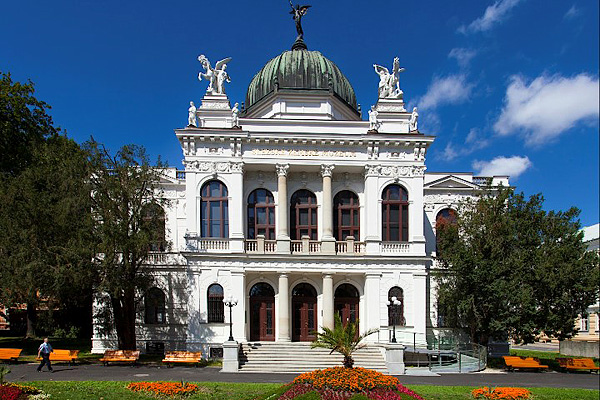Museums of Nature
National Museum of Agriculture
Kostelní 44, 170 00 Prague 7
The National Museum of Agriculture was officially founded in 1918. However, its oldest department has been in operation since 1842, and might be considered the oldest museum of forestry and hunting in the world! The museum uses dynamic exhibitions to present game-keeping, fishing, farming, gastronomy, the food processing industry and other agriculture-related branches as essential to the existence of individuals and civilizations. Visitors are given the opportunity to see agricultural know-how for what it truly is: one of the most significant factors in the historical development of humankind, and one which is inextricably linked to our future.
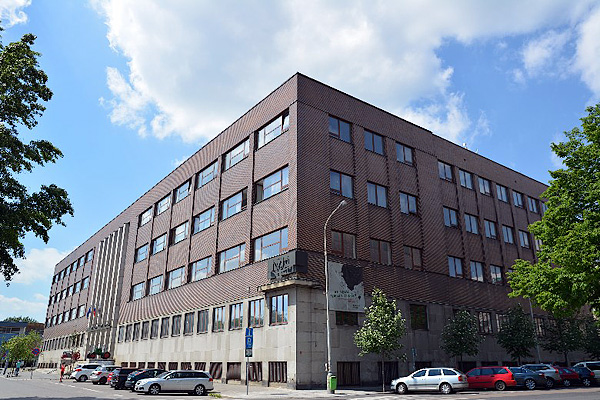
Mendel Museum of Masaryk University
Mendlovo nám. 1a, 603 00 Brno
The Mendel Museum of Masaryk University builds on the legacy of Gregor Johann Mendel (1822–1884), the founder of genetics and discoverer of the basic laws of heredity. The museum presents Mendel's work in a permanent exhibition, which is regularly complemented with short-term exhibitions. The museum is established as a meeting place for experts, where the results of science and research are presented to the general public. The Mendel Museum also organizes numerous lectures, primarily on the topic of genetics. Guest speakers have included many Nobel Prize winners.
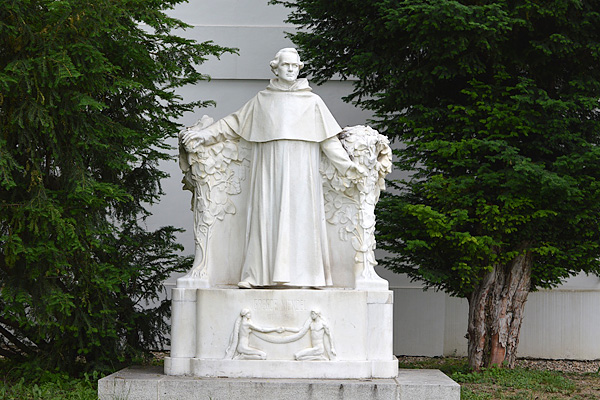
The Moravian Museum
Zelný trh 6, 659 37 Brno
The Moravian Museum is one of the largest and oldest institutions of memory in Central Europe. Established in 1817, it is dedicated to the history of the unique territory from which it takes its name, Moravia. As early as 25,000 years ago, Moravian dwellers created the ‘Venus of Dolní Věstonice,’ the first known clay sculpture and the earliest portrait of a woman in the world. The figure is now listed as a national cultural monument, and can be viewed at the museum. Among other carefully conserved, unique objects from the Moravian Museum’s collections is a plough that Maria Theresa’s son, the future Emperor Joseph II, worked with in 1769, and extensive numismatic, theatre and literature collections. The Moravian Museum also houses unique natural history collections from around the world.
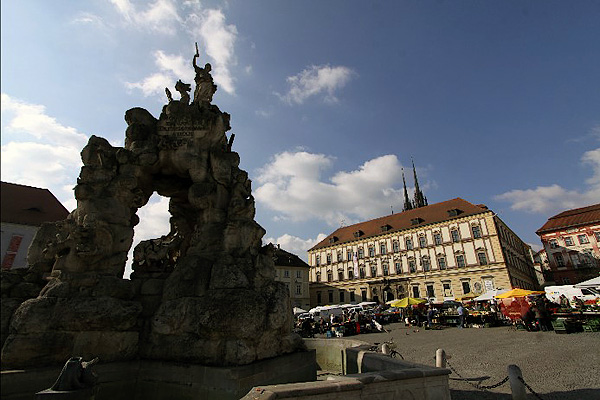
Museum of the Wallachian Region
Horní náměstí 2, 775 01 Vsetín
The Museum of the Wallachian Region identifies itself as a multidisciplinary organization in the fields of social science, natural science and technology. It educates visitors through a multidisciplinary approach that includes exhibitions, expositions, events and publishing activities, including education for children and youth about the environment. The museum cares for a unique collection of furniture made of bent beech wood, as well as tapestries and glass light fixtures. Another museum highlight is a valuable collection of old prints. The museum also has an observatory, which aims to excite public interest regarding astronomy and other natural sciences.
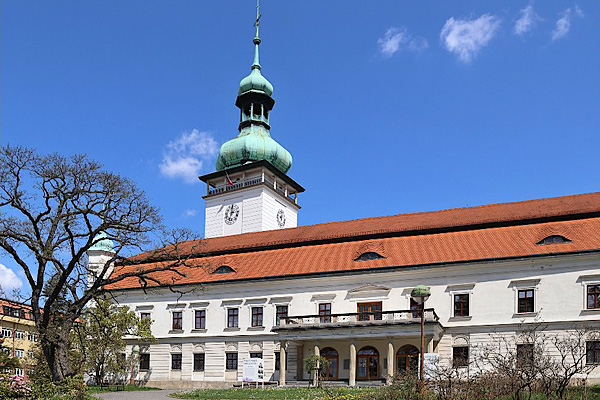
Museum of Eastern Bohemia in Hradec Králové
Eliščino nábřeží 465, 500 01 Hradec Králové 1
On the banks of the Elbe River in Hradec Králové dances a beautiful building designed with loving care by the outstanding Czech architect Jan Kotěra. The institution, founded in 1880, is constantly developing and collecting the memories of Eastern Bohemia with professional interest and youthful enthusiasm. Among the museum’s accounts of science, history and archaeology is the 1866 War Museum at Chlum, a memento of one of the bitterest conflicts of 19th-century Europe. Defeated Austria lost its position in the region, and Prussia embarked on a journey to form a united German state.
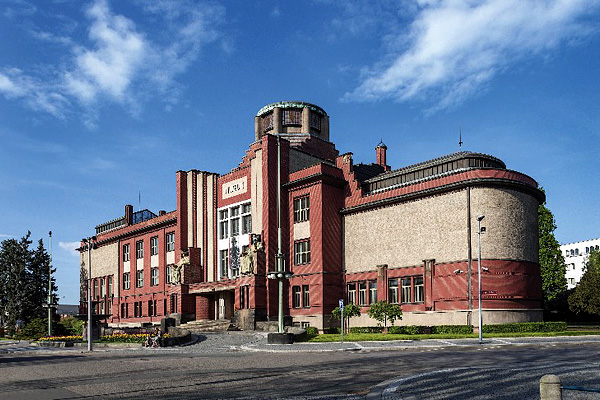
Vysočina Museum Třebíč
Zámek 1, 674 01 Třebíč
Vysočina Museum Třebíč, established in 1898, displays the history and nature of the town of Třebíč and the wider Vysočina Region from within beautiful Waldstein Castle. The museum is famous for its collections of pipes, Moravian moldavite, other rocks and minerals and nativity scenes. It stages annual events such as the Czech Republic Trade Fair of Museums and Pipe Smoking in Třebíč. Visitors to the museum can also enjoy the former Monastery and Basilica of St. Procopius and the Jewish Quarter of Třebíč, which are both included on UNESCO’s World Heritage List.
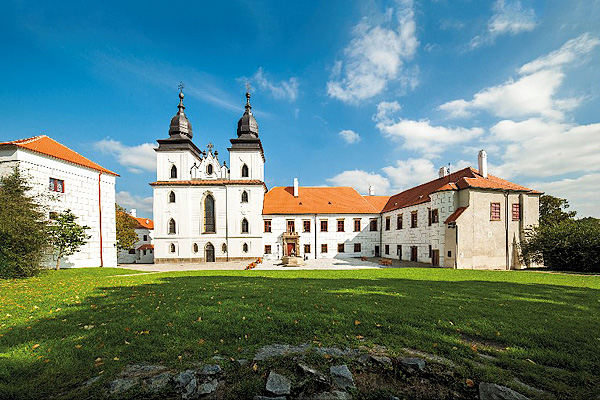
National Museum
Václavské náměstí 68, 115 79 Prague 1
Founded in 1818, the National Museum is the largest and third oldest museum in the Czech Republic. The public primarily associates the National Museum with its monumental, Neo-Renaissance Historical Building, which stands prominently at the head of Prague’s Wenceslas Square. During an extensive reconstruction, the Historical Building was connected with the equally interesting New Building of the National Museum through a multimedia corridor, giving rise to the unique Museum Complex. Starting in Summer 2021, visitors to the Museum Complex will have the chance to explore new, modern expositions dedicated to the history and nature of the Czech lands.
However, the National Museum extends far beyond its complex at Wenceslas Square. As part of its activities, the institution collects, researches and presents artefacts from scientific, historical and artistic disciplines in the seventeen stand-alone buildings it administers and protects. Additionally, the National Museum Library is the second largest public library in the Czech Republic with collections containing more than thirteen million objects.
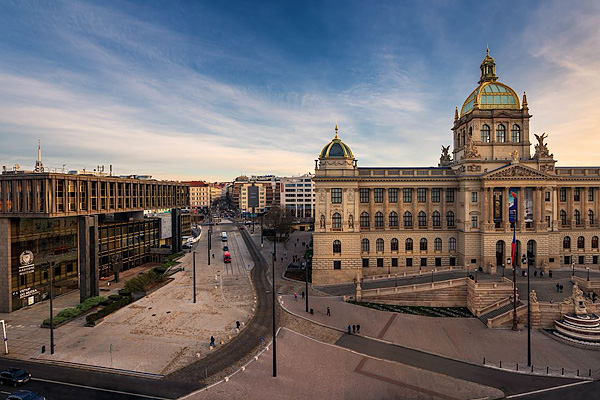
The Silesian Museum
Nádražní okruh 31, 746 01 Opava
The Silesian Museum acts as a portal to Silesia, a historical region of Central Europe. The museum’s exhibits range from living creatures to inanimate objects, prehistory to art history. Founded in 1814, it is the oldest public museum on the territory of today’s Czech Republic. It administers six museum buildings and complexes. The Historic Exhibition Building in Opava offers a taste of the best that Silesia has to offer, giving an overview of practically all subjects of importance to Silesia and the museum. Topics such as defence and military science are covered in exhibitions at the Hlučín-Darkovičky Czechoslovak Fortification Complex and the Second World War Memorial in the village of Hrabyně. An extensive collection of plants is cultivated at the Nový Dvůr Arboretum in Stěbořice, and the Petr Bezruč Memorial in Opava and the Petr Bezruč Chalet in Ostravice provide sites for literary studies and exhibitions.
